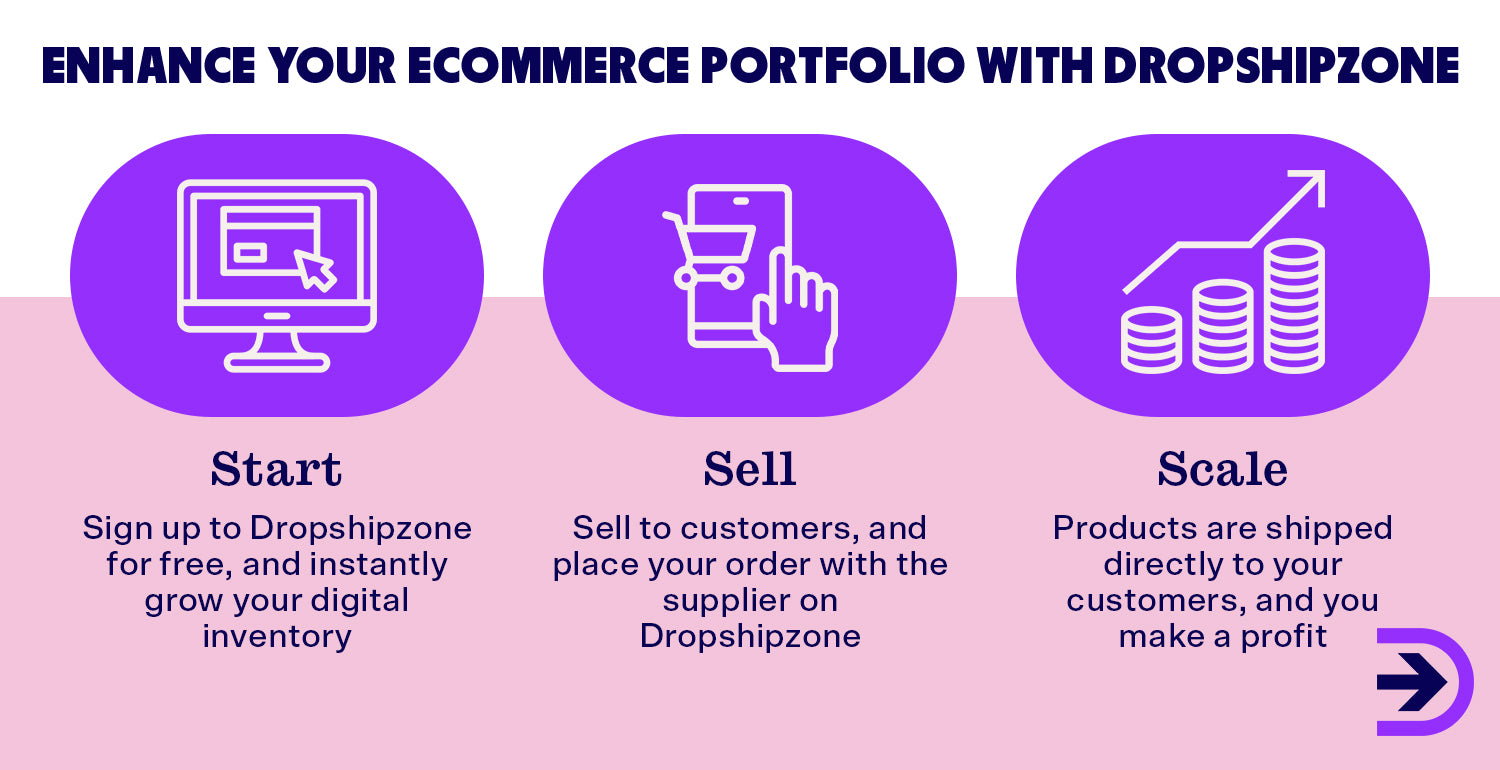
Key Ecommerce Trends in Australia in 2023
In 2022, ecommerce in Australia felt unpredictable due to lockdowns ending and customers returning in-store. Now, in 2023, online sales have stabilised, and shopping habits learned during the pandemic seem to be here to stay.
Australians are spending more time online in 2023 than ever before. In fact, nearly all Australians visit online shopping websites or apps in a month, and it’s predicted that by 2033 one in three dollars will be spent online.

In this blog, the experts at Dropshipzone have highlighted some key Australian ecommerce trends and online shopping statistics in 2023, as well as how this will affect your business in the coming years.
How has ecommerce fared in post-pandemic Australia?
During the pandemic, Australian consumers had to rely on online shopping as an alternative to the traditional way they were used to shopping. However, once lockdowns were lifted towards the back end of the year in 2022, customers chose to return to the shopping centres to gain back a sense of normalcy. As a result, many online stores saw a decline in sales for the first time in months. This change in sales direction wouldn’t last forever, though. Due to international supply chain disruptions, a lot of physical stores in Australia faced a shortage of stock, leaving customers unable to find what they were looking for. Consequently, they returned online, making November 2022 the biggest month for ecommerce sales in Australia’s history. As a result, at least 30 per cent of Australian retailers have identified expanding their online presence as a top priority in 2023.

With the lockdowns now behind us, online shopping sales in Australia have stabilised, and the habits that people adopted during the pandemic have now become the norm. Online shoppers have continued to purchase items at the same frequency as they did during the pandemic, meaning that growth will continue year-on-year. Providing customers with an omnichannel shopping experience is essential, as it has been proven to have a positive impact on their overall shopping experience. Whether it's bigger brands that operate both physical and online stores, providing options like click-and-collect, or smaller online businesses that allow customers to shop through websites and social media, offering such a seamless shopping experience can be a game-changer.
As we move into 2024 and beyond, it's crucial to remember that the cost-of-living crisis in Australia is leading to increased customer hesitancy. Retailers are facing their biggest challenge yet in 2023 - low customer confidence. Due to this, customers are changing their online shopping habits, which means that online retailers need to come up with new strategies to cater to this changing trend.
The rise of dropshipping brands
According to a report by IAB, the year 2023 has marked a significant shift in online shopping behaviour, with almost half of online shoppers having made purchases from a dropshipping brand. This trend is particularly prevalent among millennials and Gen Z, who tend to shop online more frequently, at least once a week on average. One such brand that has been making waves in the Australian market is Temu, a discount marketplace that has quickly gained popularity since its launch in April 2023. By July of the same year, Temu had already become the fifth-largest online retail brand, boasting an impressive audience of 10.2 million. This development is a reflection of the current ecommerce landscape, where consumers are increasingly drawn to heavily discounted marketplaces as the ideal destination for their shopping needs. With more and more people turning to online shopping, it's no surprise that these marketplaces are thriving and changing the way we shop.

Dropshipzone is a prime example of a highly successful dropshipping business that has leveraged the immense popularity of online marketplaces to take its products to both individual customers and businesses alike. This unique business model sets it apart from its competitors and has proven to be an excellent way for retailers to test the waters of the dropshipping business model with minimal risks involved. One of the key advantages of dropshipping is that it eliminates the need for retailers to hold physical inventory, which means that they can easily take advantage of the growing demand for discounted products throughout the year. Additionally, with 60 per cent of shoppers being open to purchasing brands they have never heard of before, dropshipping provides the perfect opportunity to introduce new products to the market. However, the success of dropshipping also depends on the ability to provide exceptional customer experiences. By combining multi-channel marketing strategies with personalised customer experiences, you can stay on top of the ever-changing ecommerce landscape, which is characterised by rapidly evolving consumer behaviour patterns and seasonal trends. Overall, dropshipping offers a highly resilient and adaptable business model that is well-suited to the current ecommerce climate. Retailers can reach new customers, introduce new products, and grow their business with minimal risk involved.
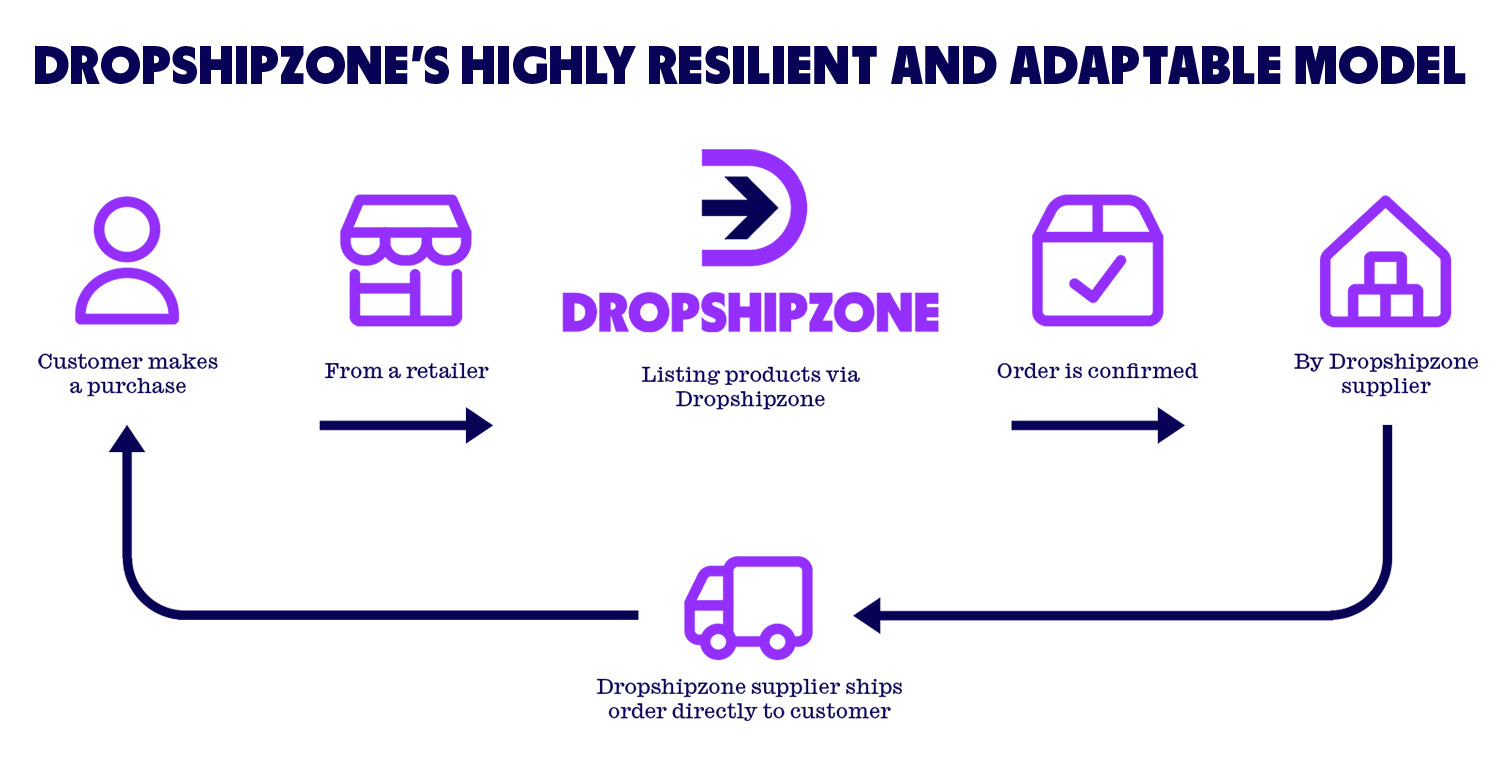
Key 2023 insights and trends
Overall generated revenue
Australian ecommerce is worth a whopping AU$54.31 billion in 2023. This upward trend in ecommerce growth is only expected to continue over the next few years, with an expected annual growth rate (CAGR 2023-2027) of 10.68 per cent, the Australian ecommerce market is set to reach AU$81.51 billion by 2027.
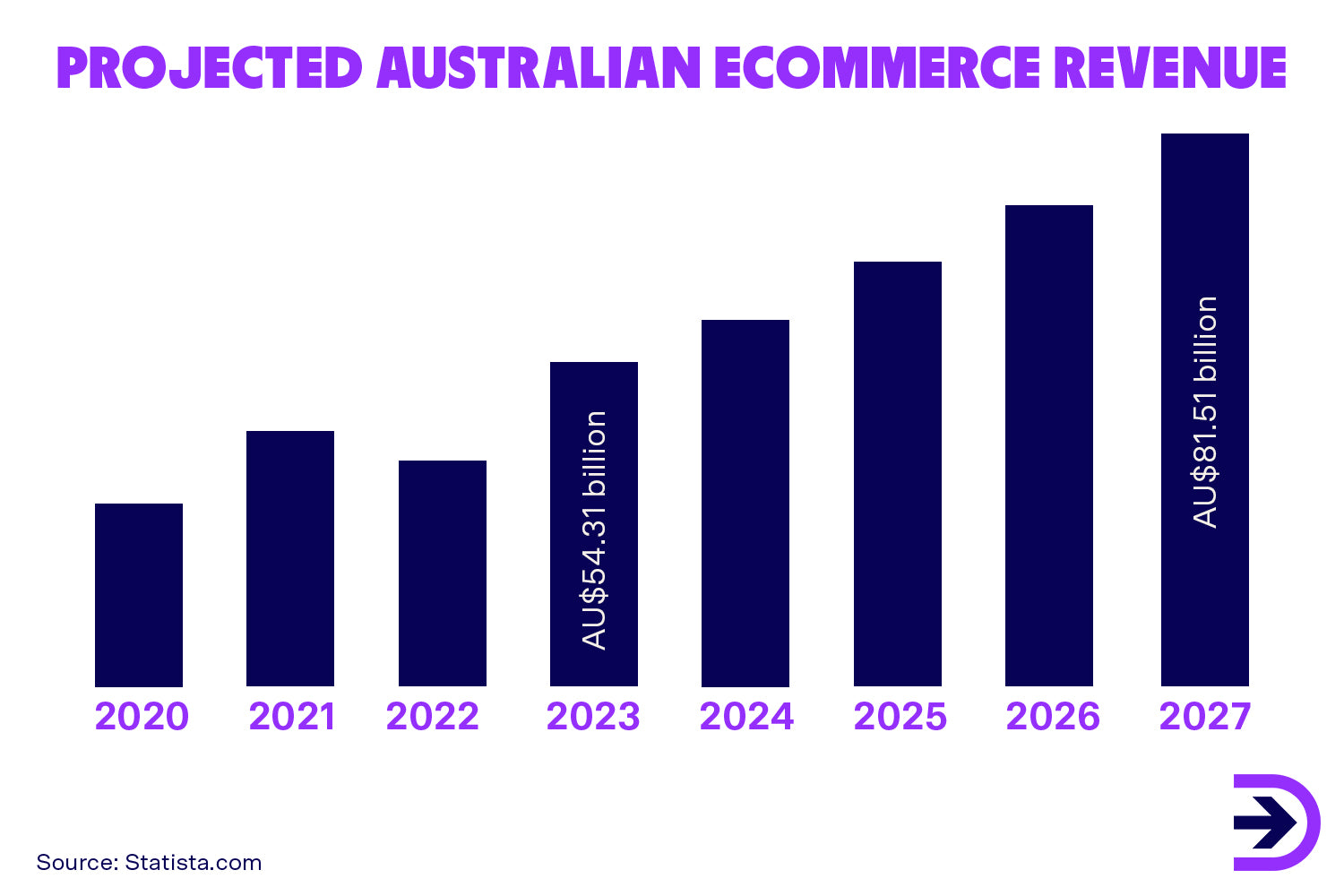
4.3 per cent more households shopped for products and services online in Q1 compared to the same time last year, with online marketplaces offering a wide variety of products as the top performer, growing 17 per cent compared to 2022. The most popular online marketplace in 2023 in Australia was Amazon, accounting for 43 per cent of all online purchases.
Demographic insights
Some key demographics for the average Australian ecommerce shopper include the following:
-
The majority of Australian online shoppers are aged under 50, with 86 per cent of shoppers aged 30-39 reporting they buy non-grocery products online every month.
-
New South Wales and the ACT have had the most growth in ecommerce sales since 2019, with NSW recording a 76 per cent growth for all online sales in 2022.
-
The average Australian spends $228 per week on online purchases.
-
The gender split for the average Australian online shopper is almost a 50/50 split, with just slightly more females shopping online.
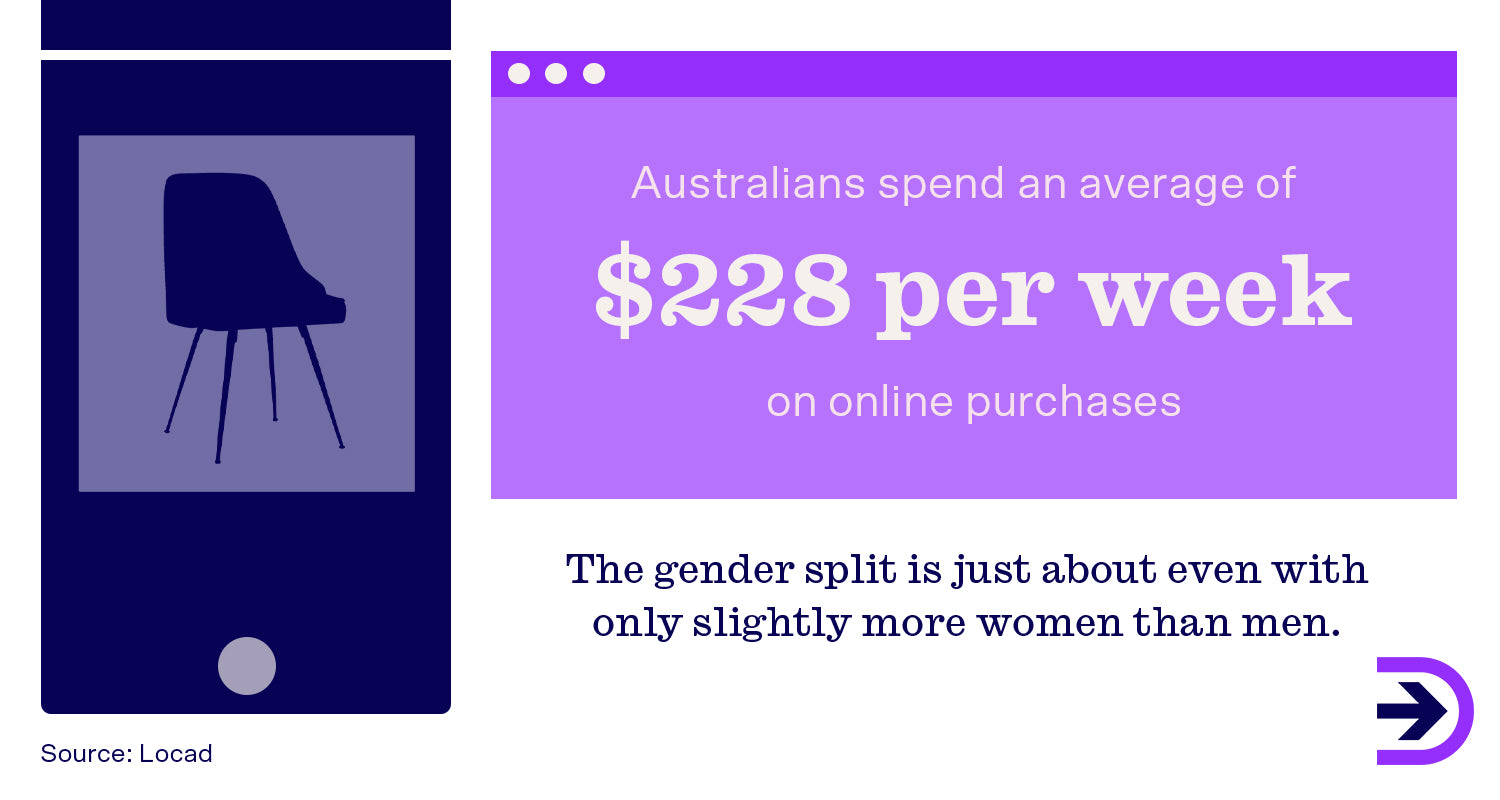
Niche/category insights
Clothing, shoes, and fashion will continue to be the most popular niches in 2023, accounting for 71 per cent of all online purchases. Sustainability has become a significant factor for customers when buying clothing online, and many are now looking for retailers who showcase sustainable practices and materials. Fast delivery times remain a top priority for fashion buyers, with next-day delivery options being highly preferred. This ensures that they receive their products in time for their events.

Personal care and beauty account for 52 per cent of all online retail spending. Shoppers are particularly interested in personal wellness products such as nutritional supplements, and hair and skin products. This category performs well in conjunction with sales events, and shoppers heavily rely on product reviews to influence their purchases. Social media platforms, such as TikTok, Instagram, and YouTube, are extremely beneficial marketing tools for the beauty sector.
Home and garden made up 32 per cent of all online purchases in Australia, a figure that is representative of nearly 70 per cent of households. Unlike the other categories, home and garden sales remain relatively stable throughout the year and are not heavily influenced by sales events in the industry. Pet products experienced the most significant growth across all categories in 2022, with a 21 per cent year-on-year increase in net sales, mainly due to an increase in pet ownership during the pandemic.

Hobbies, recreational goods, and related products such as games, auto parts, toys, and sporting and outdoor goods continue to be among the most popular niches in 2023. Although this is a smaller category, these loyal shoppers drive regular sales and are always keen to keep up with the latest trends and new gadgets. This particular group of customers responds positively to loyalty programs and memberships.
Consumer behaviour insights
In today’s Australian online landscape, customers rely heavily on online retailers to deliver their products without any hassle, making online shopping a viable alternative to brick-and-mortar retail. With the economy facing fluctuations, customers are very mindful of their spending and prefer comparing prices and products across multiple marketplaces before making a buying decision.
The following data is based on the IAB 2023 industry report. It shows convenience remains the primary reason for customers to shop online, although the percentage has declined from 76 per cent to 67 per cent of customers citing this to be their main reason for shopping online. Due to the cost-of-living crisis off the back of the pandemic, the number of customers who prefer to shop online for discounts has increased by 10 per cent compared to 2022. Similarly, there has been a significant increase of 8 per cent in customers who shop online for price comparisons.
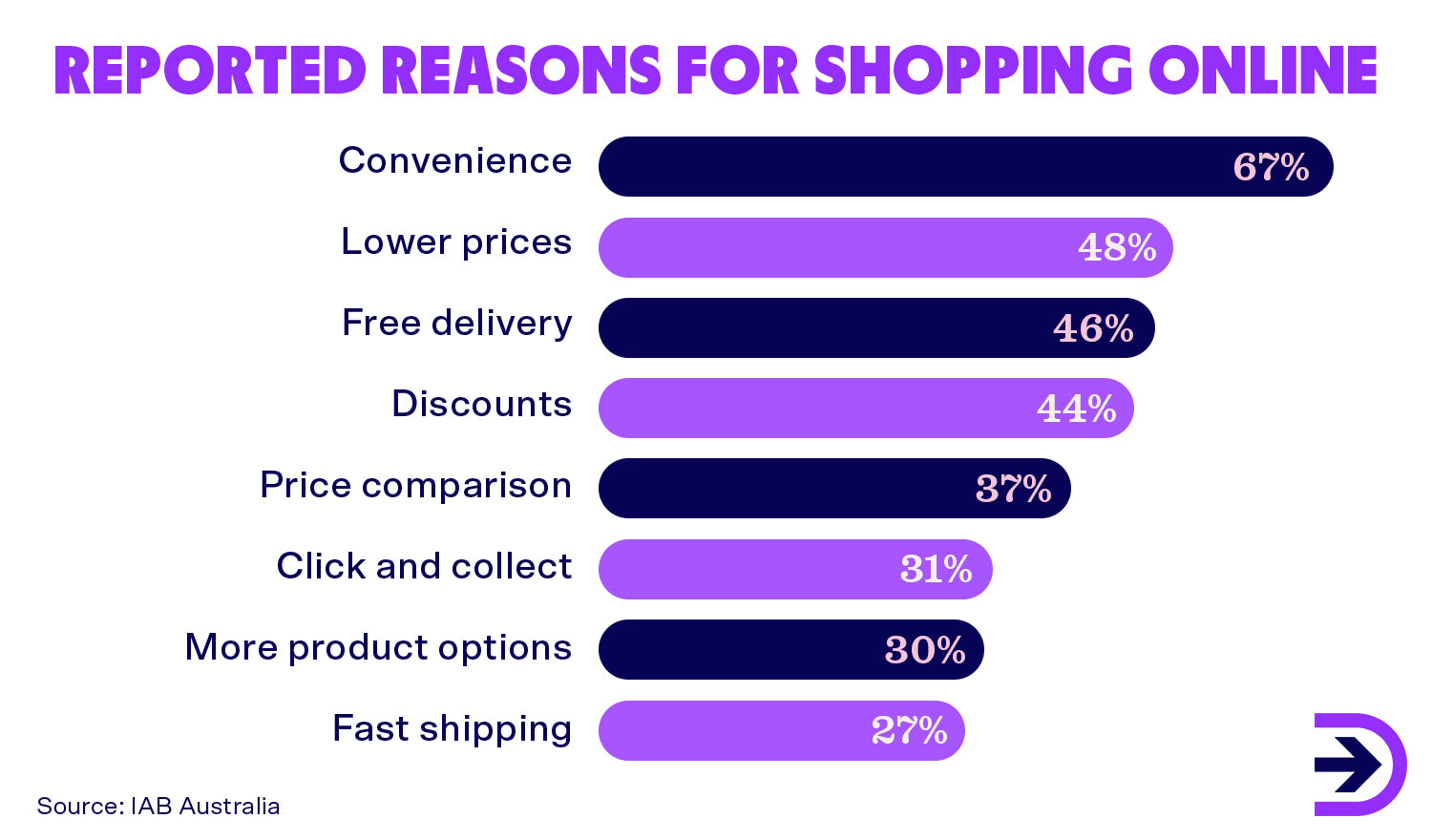
In the year 2023, customers have shifted their focus from buying products from their favourite brands to finding discounted items. The main motivation for shoppers now is the feeling of being in control of their shopping experience. If they are researching a product and come across a website that sells the same product for a third of the price, they will feel satisfied and use this as a driving force to make their purchase.
Almost half of online shoppers, 48 per cent, make ecommerce purchases because of lower prices, while 46 per cent consider free delivery services as their main incentive. These statistics indicate that pricing and discounts will be the main drivers for online shopping going forward. It is therefore crucial to keep that in mind as you approach peak season and plan your pricing strategies for the coming year. Opting for a free shipping strategy during the Christmas season may attract a surge of customers while offering products at a lower price compared to your competitors can help you win over potential customers.
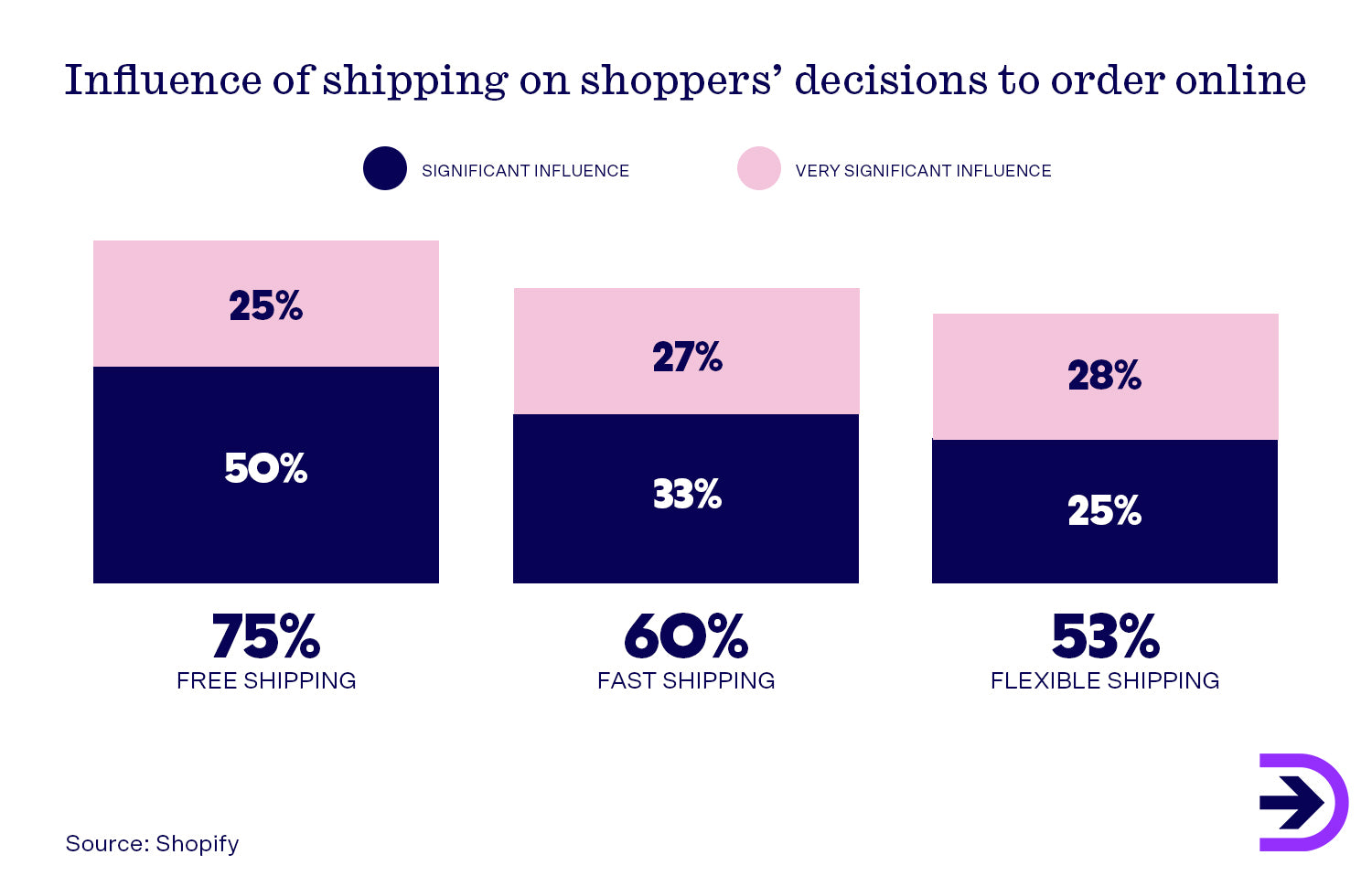
Although most online customers tend to look for discounts on products, it's worth noting that 57 per cent of shoppers are willing to pay more for products that can make their lives easier. This is an increase of 7 per cent compared to last year. The age group with the highest percentage of people willing to pay more for convenience is 30-39. Even those who are most affected by cost-of-living pressures will pay more for convenience. As a retailer, your primary goal should be to offer products or services that aim to make customers' lives easier. If you can achieve this, you're guaranteed to find success in the future of Australian e-commerce.
47 per cent of customers show a preference for purchasing from sustainable brands. Retailers who showcase their ethical and sustainable production and shipping methods will have a strong appeal to customers, especially to younger generations.
According to CouriersPlease, the demand for next-day deliveries in Australia is also on the rise. In 2023, same-day and next-day metro deliveries increased by 47 per cent. With the growth of ecommerce, customers expect faster delivery times when they shop online.

Lastly, in 2023, people will be more cautious about their spending due to the increase in interest rates. A third of online shoppers report that they have less money to spend on non-essential online transactions due to the cost of living pressures. To deal with this, customers are spending more time researching and opting for cheaper alternatives. They prefer to use loyalty programs to save money and often delay purchasing expensive items until a sales event.
What does this mean for online businesses?
Trust is key
With the rise of online shopping, customers are increasingly concerned about the safety and security of their online transactions. In 2023, online shoppers are more hesitant to shop with retailers who seem untrustworthy. It is therefore crucial for businesses to establish trust early in the shopping journey. To build a strong relationship with your customers, you need to provide them with clear signs that you are a legitimate online store. Testimonials and reviews from other customers are one of the main things that online shoppers look for when assessing the trustworthiness of a retailer. It is important to include these on each product page and even on your website's landing page if relevant. This will help to instil confidence in your customers and encourage them to make a purchase. A professional website should also have high-quality images, detailed product descriptions, an aesthetic theme, as well as a well-written About Page and other website content, including a return policy, contact information, and FAQs. These elements make for a positive and trustworthy user experience.

Another effective way to earn customer trust is by interacting with them via social media. This helps to create a sense of community and establish a human connection between your brand and your customers. By responding to customer queries and feedback, you can demonstrate that you value their input and are committed to providing excellent customer service.
Have a variety of payment options
Outdated payment methods can be a significant barrier to a successful checkout process. Customers may feel hesitant to trust your website, and as a result, may opt for your competitors that provide the payment options they prefer. In 2023, Buy Now Pay Later solutions like Afterpay, Zip, and Humm are becoming increasingly popular, with one in five Australians having an account with one of these providers. These payment options are becoming the preferred method over credit cards with less interest and more flexibility offered.
It's crucial to provide your customers with a range of online payments to cater to their preferences, including popular digital wallets like Apple Pay, Google Pay, PayPal, and Samsung Pay. These payment options offer convenience, speed, and security, which make them a preferred choice for most customers. Additionally, they provide refund protection, which is a safety net for customers who may be apprehensive about losing their money if the products do not arrive as expected.

Sustainability attracts
Customers are becoming increasingly conscious of environmental issues and are willing to pay extra for sustainable products and eco-friendly shipping options. This consideration for sustainability will become a more mainstream concern among consumers. This means it is important to make your business's commitment to sustainability clear on your website. Customers are looking for environmentally friendly businesses, and they want to be assured that the products they are buying are produced sustainably. You should be transparent about your efforts to reduce your carbon footprint, minimise waste, and use eco-friendly materials. One effective way to show your commitment to sustainability is by offering carbon-neutral shipping options. This means that you offset the carbon emissions generated by the shipping process. Customers will appreciate this effort and feel good about supporting a business that prioritises sustainability. Partnering with sustainability programs can also help demonstrate your business's commitment to sustainability. For example, you could pledge to plant a tree for every purchase made or donate a percentage of profits to climate charities. By taking genuine steps towards sustainability, you can attract customers who prioritise eco-friendliness while also creating a positive impact on the environment.

Take advantage of sales events
Discounts play a significant role in driving online sales. Therefore, you must be aware of some key sales events throughout the year to avoid missing out on the surge of online shoppers during these times. To make the most of these sales events, it is important to create pricing strategies. Some essential dates to remember during Q4 are:
-
Click Frenzy: 24-26 October
-
Singles Day: 11 November
-
Black Friday: 21-25 November
-
Cyber Monday: 27 November
-
Boxing Day: 26 December
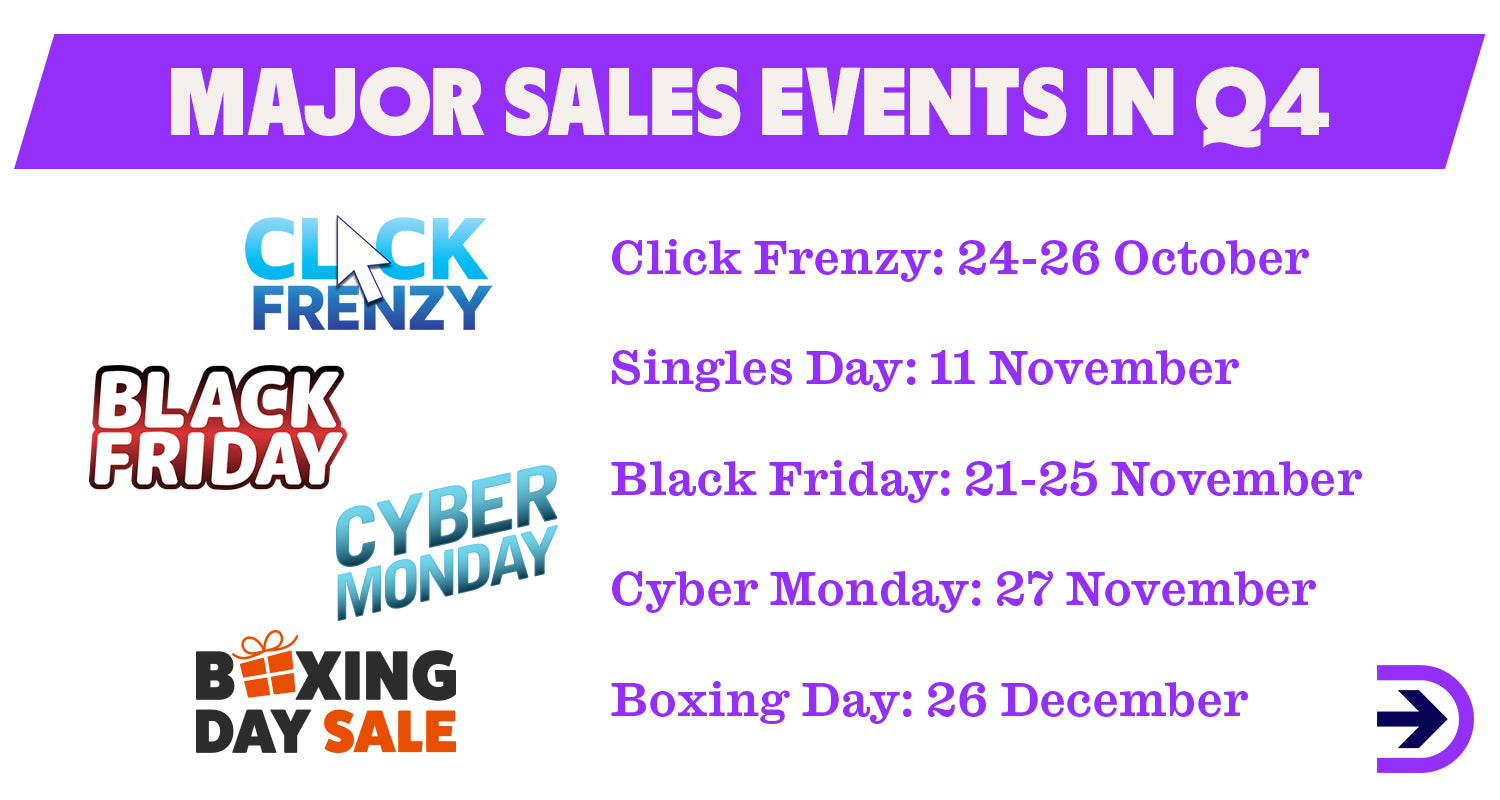
Impact on marketing and advertising
It's crucial to have a social media presence as more than half of shoppers aged between 18 to 39 use social media to discover products. Additionally, it's essential to understand your target audience's behaviour patterns. People aged 50-59 are 68 per cent more likely to use search engines, whereas people aged 60-69 are 34 per cent more likely to rely on emails from a brand for product inspiration. In 2023, Facebook and Instagram are the preferred social media platforms for retailers, owing to their substantial user base.
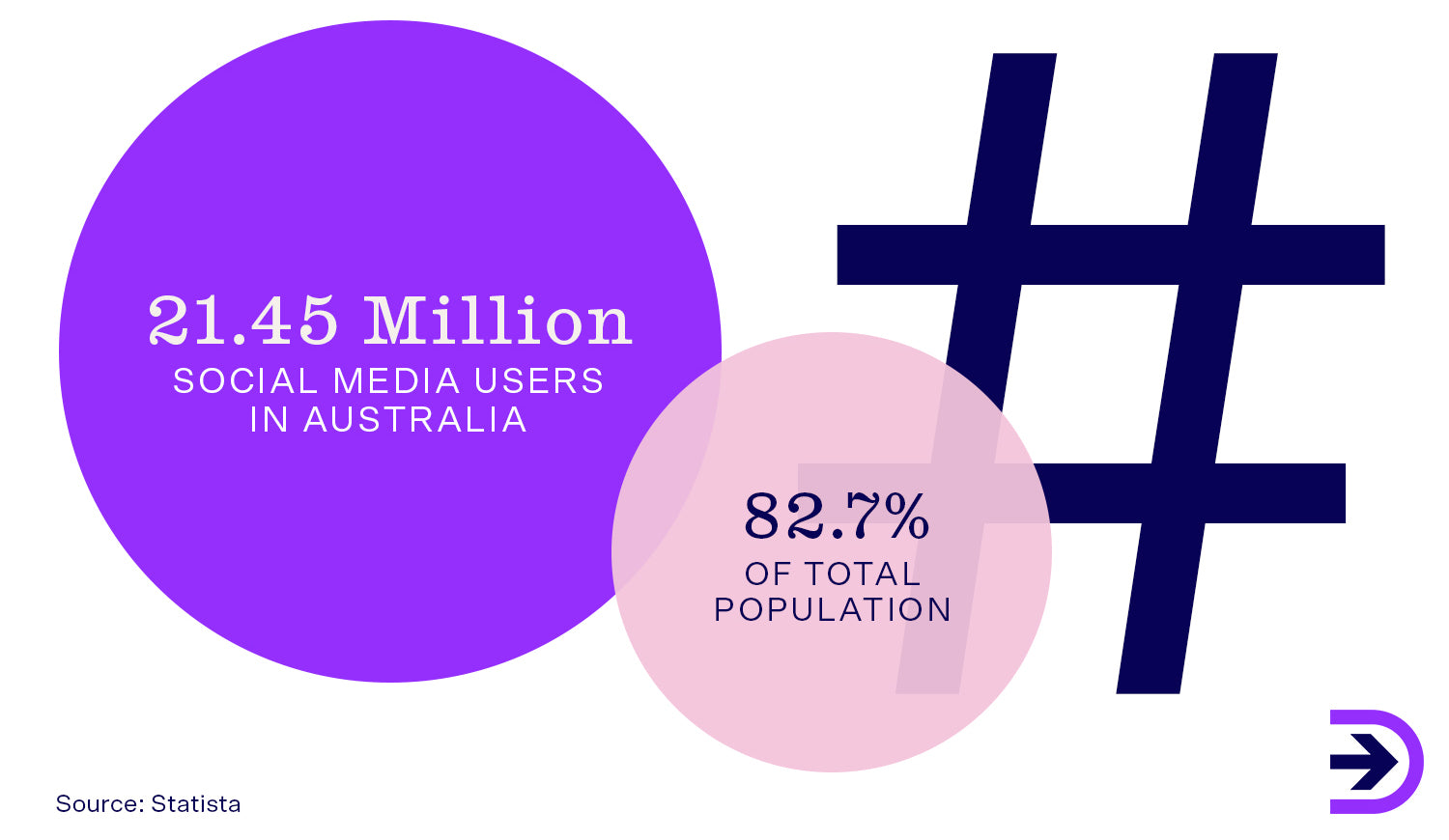
In 2023, due to the cost-of-living crisis, customers are more likely to sign up for loyalty and rewards programs to save money. These programs offer a range of benefits, such as exclusive member-only discounts, a rewards system that provides discounts or gifts for a certain amount of money spent, free shipping, and personalised offers. By offering these programs, businesses have a great opportunity to win over the majority of customers who are looking to save money.
The use of predictive analytics will also greatly benefit online retailers in 2023. Similar to brick-and-mortar stores, online retailers can now react instinctively to their customers' shopping patterns and provide a similar shopping experience. By analysing their customers' past shopping behaviour, online retailers can now identify the trigger points throughout the customer journey and determine what makes their customers tick. This information can be used to deliver targeted messages at specific points, such as during checkout, to help drive sales. In fact, using this type of data can increase conversion rates by three to six times.
However, if you are holding customer data, it is crucial to be transparent about why and how their data is being stored. This is particularly important in light of the rising concern and awareness about online scammers in 2023. If you are using customer data to create personalised experiences, it is important to ensure that your customers are informed about the reasons behind it and how they can benefit from it.
For maximum marketing and advertising results, a combination of channels such as social media, email marketing, SEO strategies, and website optimisation should be used. Brand recognition is a key factor in driving shoppers, so it's important to focus on creating a memorable brand for the longevity of your online business. In 2023, there won't be a single marketing strategy that will be superior to others. Achieving the best return on investment can be done through a multi-channel approach.
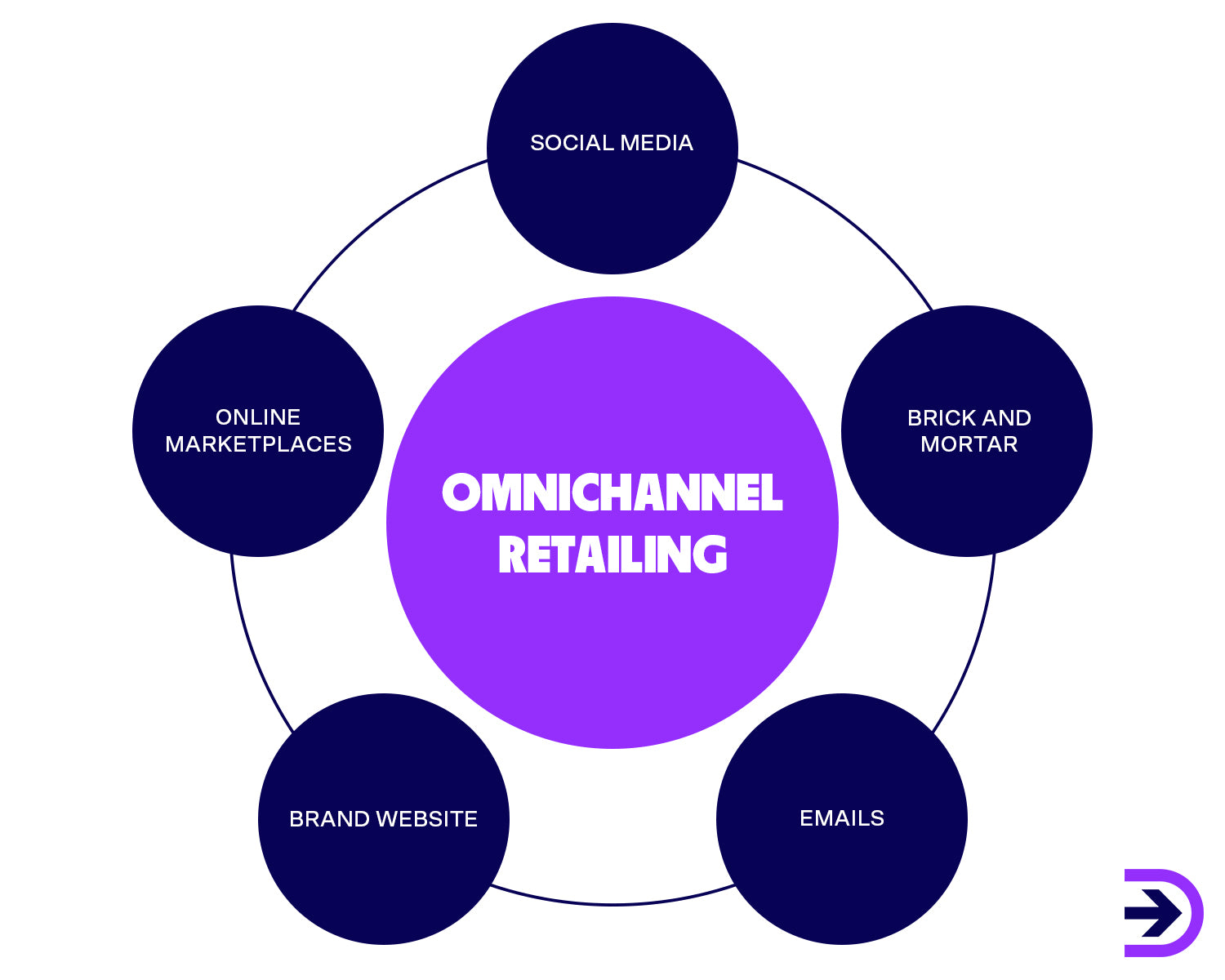
Preparing for 2024
By 2024, it is estimated that about 6.4 million Australians will use social media for online shopping. As a result, social commerce is expected to grow to even greater heights, with mobile sales projected to exceed $600 billion in the same year. Therefore, it's crucial to ensure that your website is mobile-optimised and that your social media platforms offer a seamless checkout process.
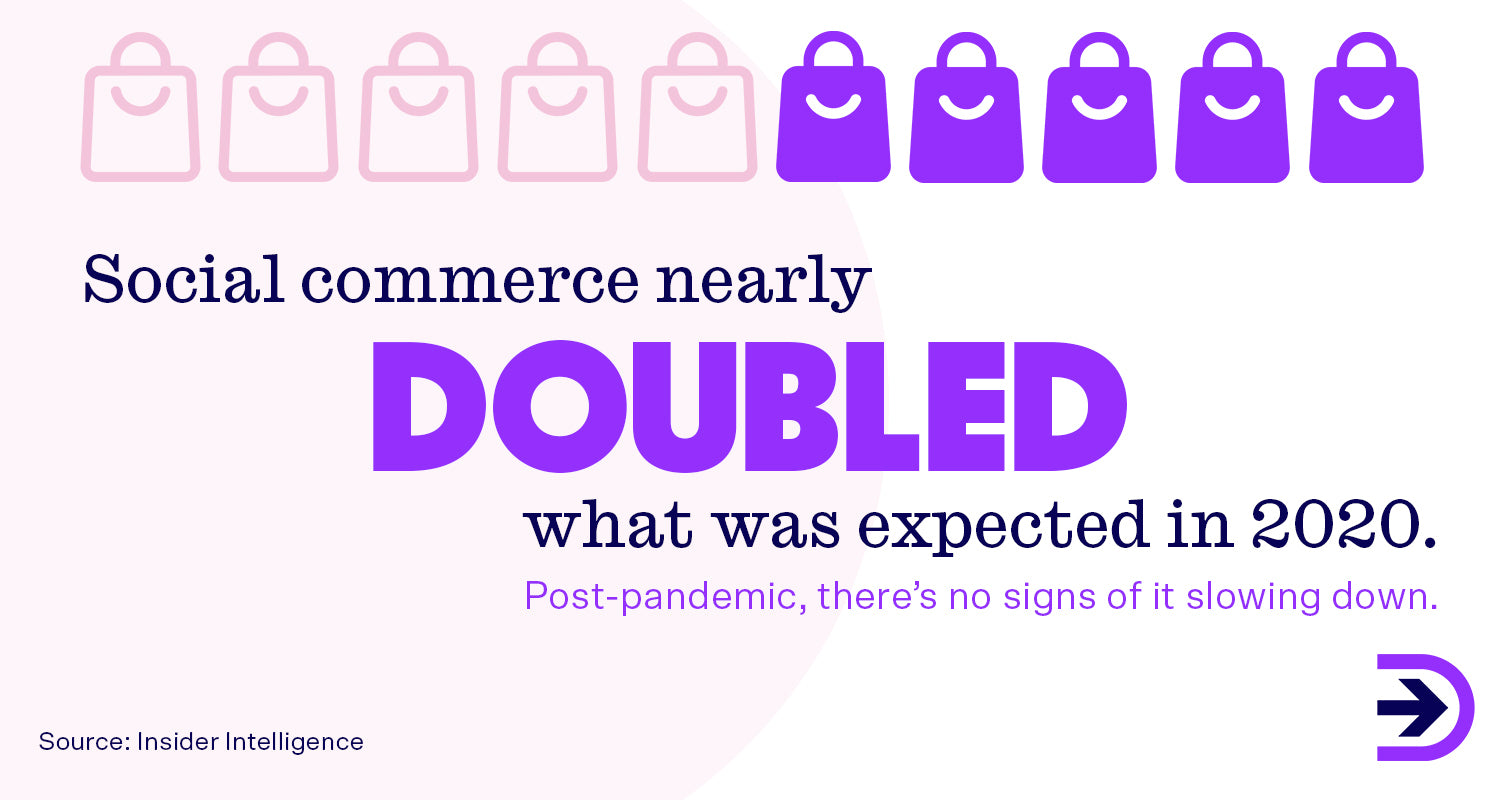
Sustainability is expected to remain a significant factor in the decision-making process of Australian consumers in 2024. It will be essential to offer carbon-neutral shipping alternatives and demonstrate ethical principles on your website. You should be open about your sustainability efforts as a business and consider selling products that are sourced ethically.
You should also start expanding your payment options if you haven’t already. Digital wallets and Buy Now Pay Later platforms will be expected by customers. You should also take advantage of customer loyalty programs like discounts or cash-back rewards.

Looking ahead to 2024, voice-activated searches are expected to become even more popular among online users. Therefore, online businesses should keep this in mind while devising their keyword strategies for writing product descriptions and naming their products. They should ensure that their products are optimised for typical speech patterns so that they appear in the search results when customers use their phones or smart speakers to search for a product. For instance, if a customer searches for a long-sleeved, white t-shirt online, make sure that your product is appropriately named and described to appear in the results of common speech searches.
Online businesses must prioritise personalisation by creating exclusive customer experiences on their website in 2024. To accomplish this, they can collect data to make more precise product recommendations based on customers' browsing history. Additional personalisation tactics may include customised email marketing, discounts and promotions, and engagement through social media.

In 2024, AI integration will play a significant role in ecommerce by providing a smoother customer service experience and analysing buying behaviour. This will help create an optimal and personalised experience for customers. Real-time assistance will be available 24/7, making your website look more professional. Chatbots will eliminate the need for contacting customer service, saving valuable time spent on responding to emails and enhancing the overall shopping experience. Furthermore, AR and VR capabilities will become standard features on popular online platforms, enabling customers to try on items virtually and obtain a better understanding of sizing. Customers will also be able to visualise furniture in their homes before making a purchase.

Summary
The Australian ecommerce industry will only continue to evolve in 2024, and the businesses that can adapt to the changing trends are likely to thrive. To keep up with how Australian consumers are shopping online, it is crucial to prioritise customer trust, sustainability, and a seamless shopping experience. Be open to emerging technologies and use them to your advantage to create a more personalised experience for your customers. By doing so, your business will be well-positioned for success in 2023 and beyond.
